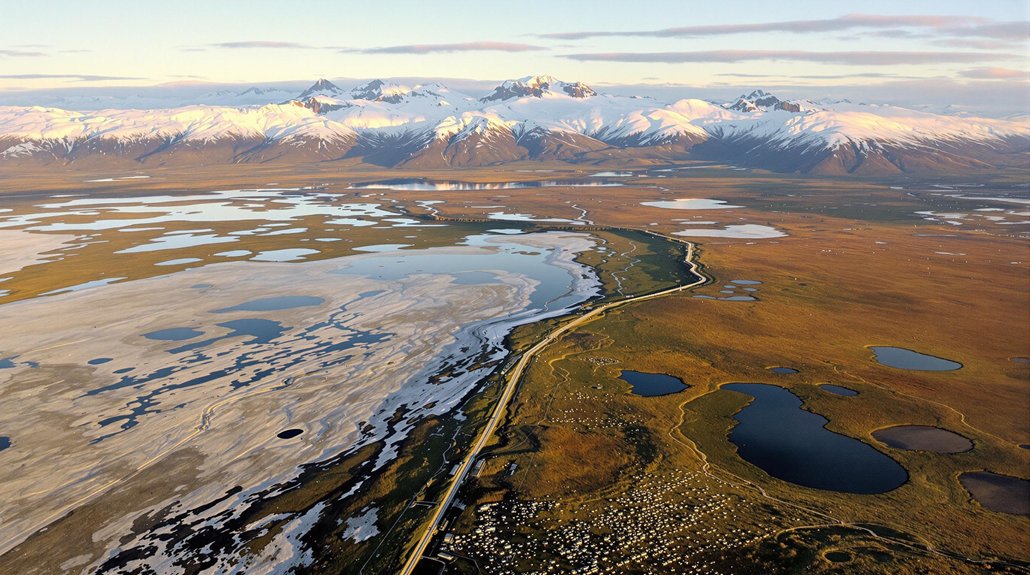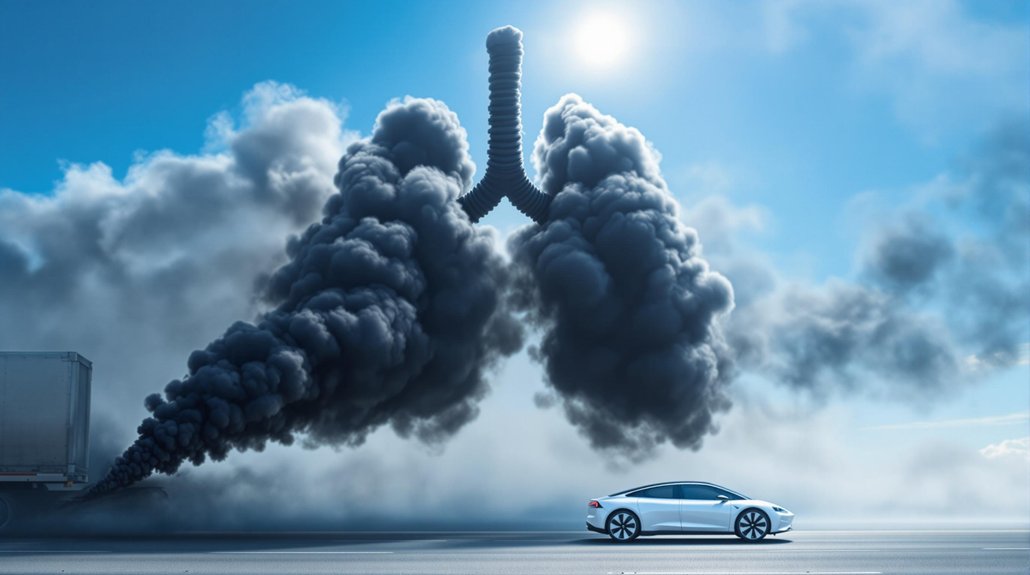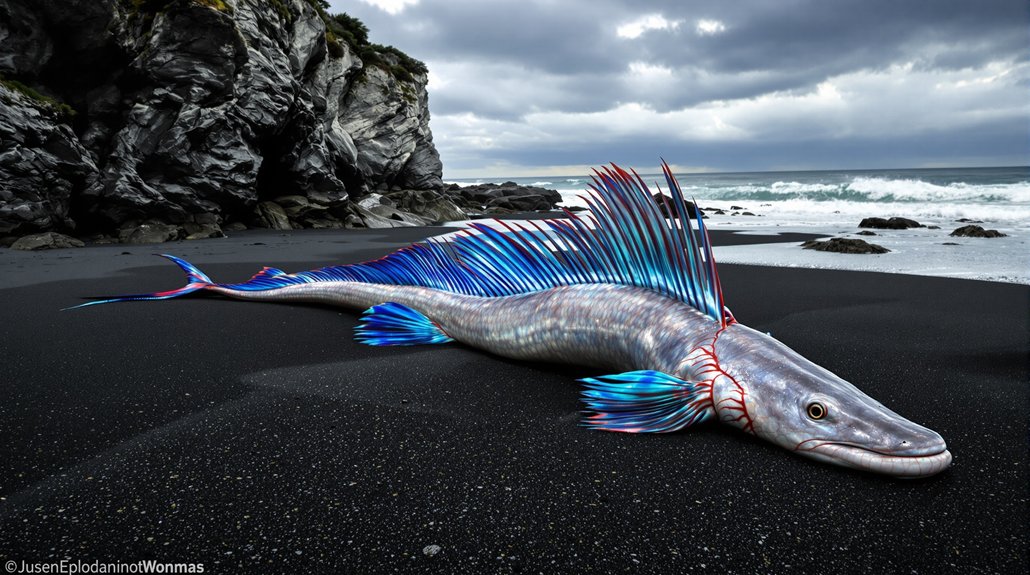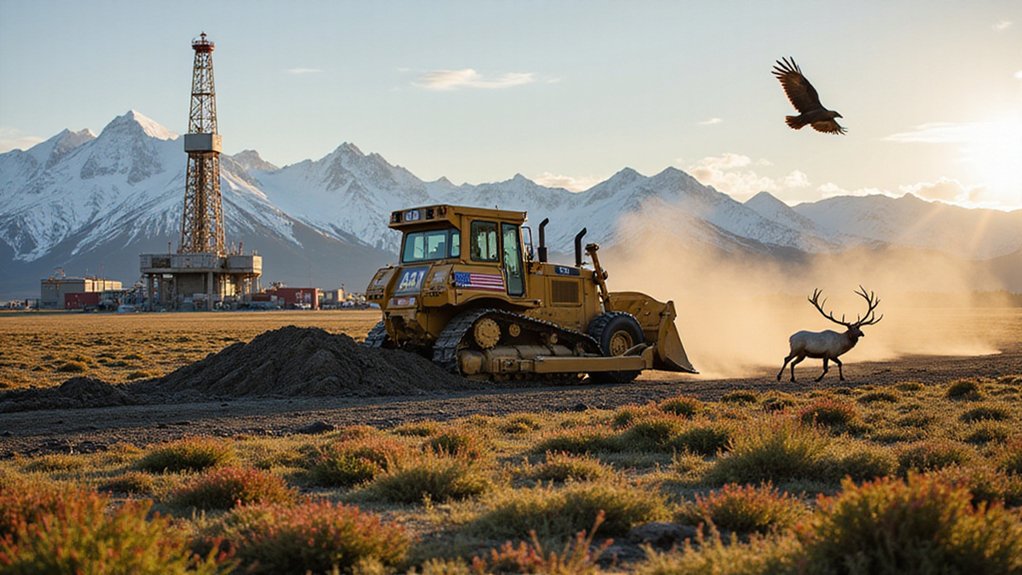Alaska’s Arctic National Wildlife Refuge faces devastating transformation as oil companies eye 20 million acres for drilling. The pristine wilderness supports caribou herds, polar bears, and countless bird species—all threatened by industrial development. Indigenous Gwich’in communities watch their sacred lands and food sources being sacrificed for quick profits. Environmental groups battle in court while permafrost thaws, releasing more carbon. Once drilling starts, there’s no putting this wild paradise back together again.
While the rest of the world debates climate change action, Alaska’s pristine wilderness faces an immediate, existential threat. The Arctic National Wildlife Refuge (ANWR), a 20-million-acre ecological treasure, is now on the chopping block for oil drilling. Thanks to the 2017 Tax Act, which quietly slipped in a provision to open this sanctuary to energy exploration. Great timing, right? Just when the Arctic is warming twice as fast as anywhere else on Earth.
The stakes couldn’t be higher for wildlife. The Porcupine caribou herd, which has migrated across these lands for millennia, doesn’t exactly have a GPS to reroute around oil rigs. Polar bears, already struggling with disappearing sea ice, now face industrial development in critical denning areas. Current estimates show only 900 polar bears remain in the Southern Beaufort Sea population, making each individual crucial for species survival. Millions of migratory birds that nest in the refuge each summer didn’t get a vote in this decision. Funny how that works.
Wildlife doesn’t get to vote or adapt to oil rigs—they just lose their homes while we profit.
For the Gwich’in people, this isn’t just about pretty scenery. Their entire way of life depends on these ecosystems, particularly the caribou. Sacred lands that have sustained their communities for generations are being handed over to the highest bidder. Their cultural heritage? Apparently less valuable than what might be underneath it. Without immediate action, these traditional communities face food security threats as climate changes destabilize the ecosystems they’ve relied on for centuries.
The economic math is dubious at best. Short-term profits for energy companies versus long-term environmental costs. Tourism operators who rely on pristine wilderness are watching their livelihoods disappear. And cleanup costs? Those tend to get conveniently underestimated until disaster strikes. The catastrophic Exxon Valdez Oil Spill released 11 million gallons of oil, demonstrating the devastating potential of extraction accidents in Alaska’s fragile ecosystems.
Meanwhile, the legal battle rages on. Environmental groups have mounted challenges, with lawsuits moving through courts as policies flip-flop between administrations. International pressure builds as scientists warn about the global implications of Arctic development.
Conservation efforts have gained momentum, with increased public awareness about what’s at stake. But time is running out. The permafrost is already thawing, releasing stored carbon and accelerating warming. Industrial activity will only speed up this process.
Alaska’s natural paradise isn’t just at risk. It’s on the edge of transformation that can’t be undone. Once drilling starts, some things can’t be fixed. Not even with all the money in the world.








